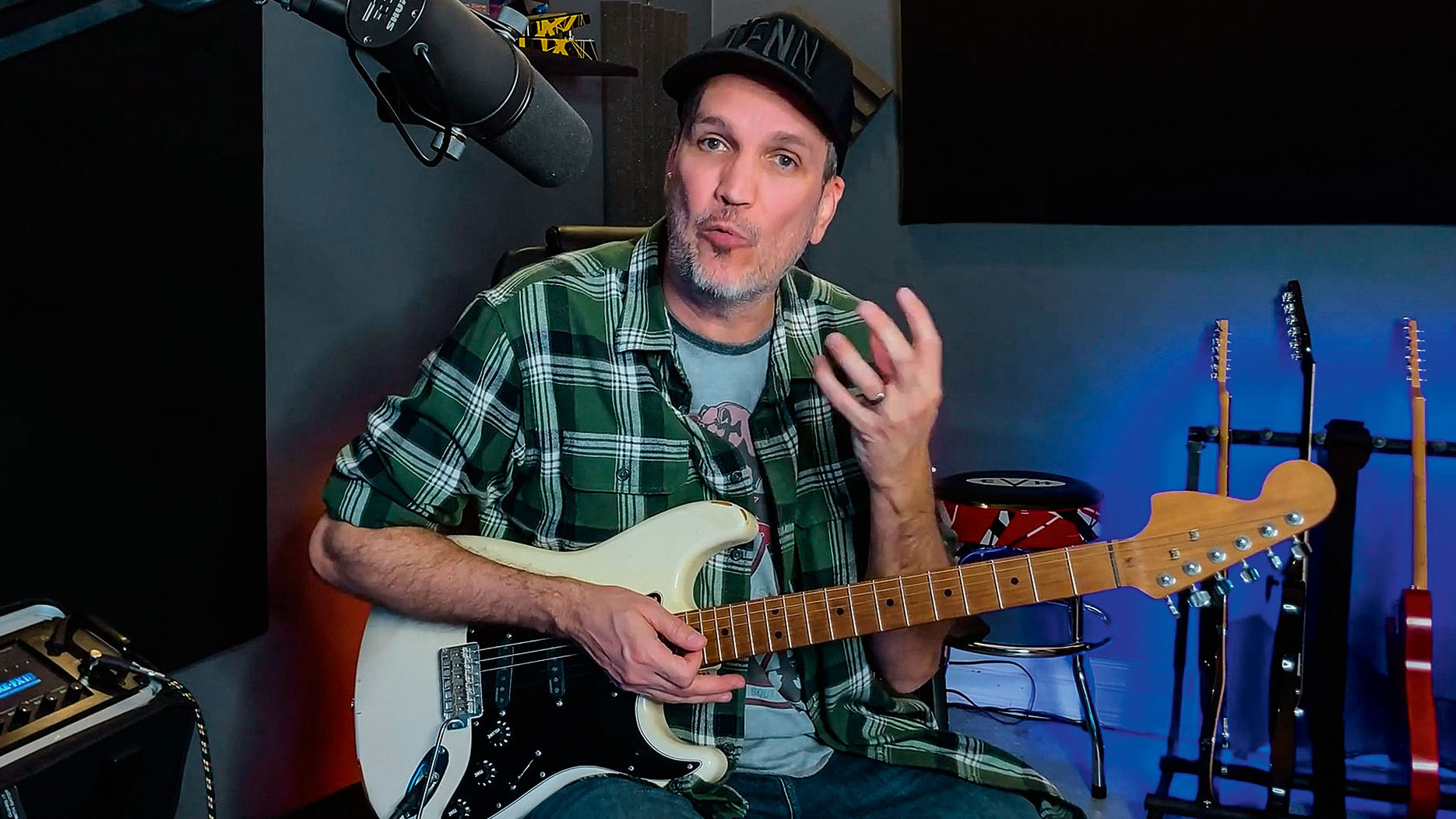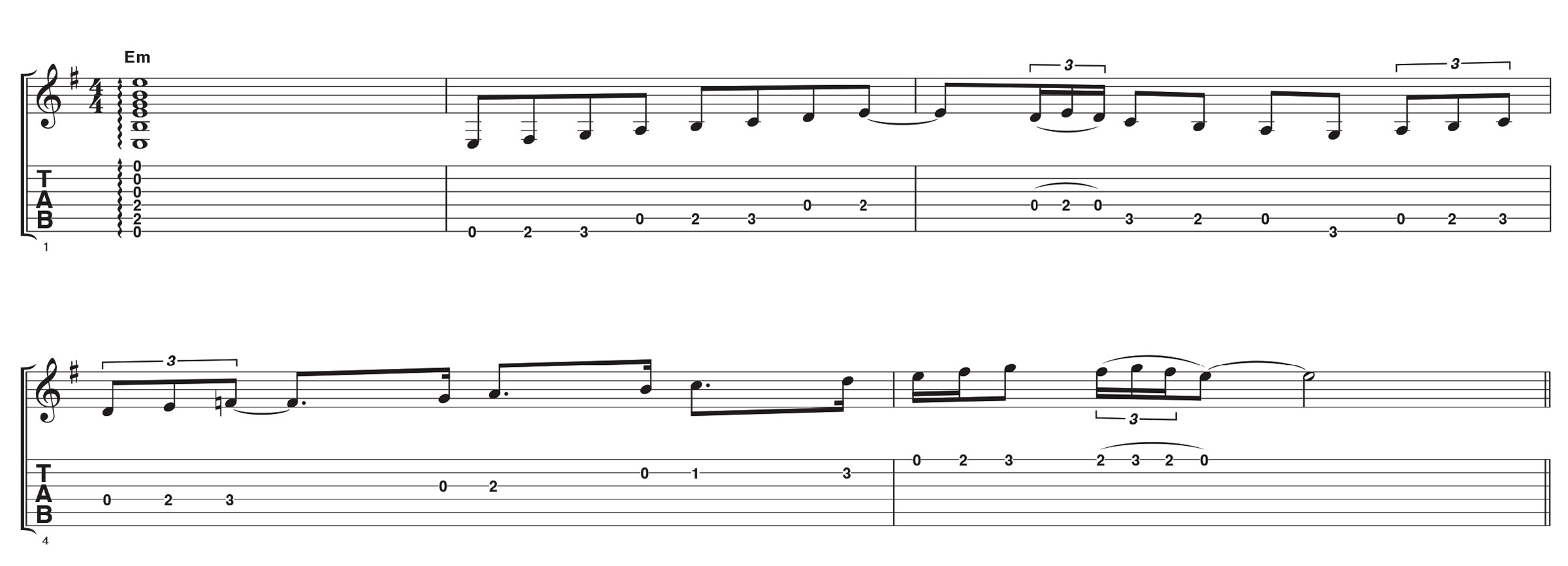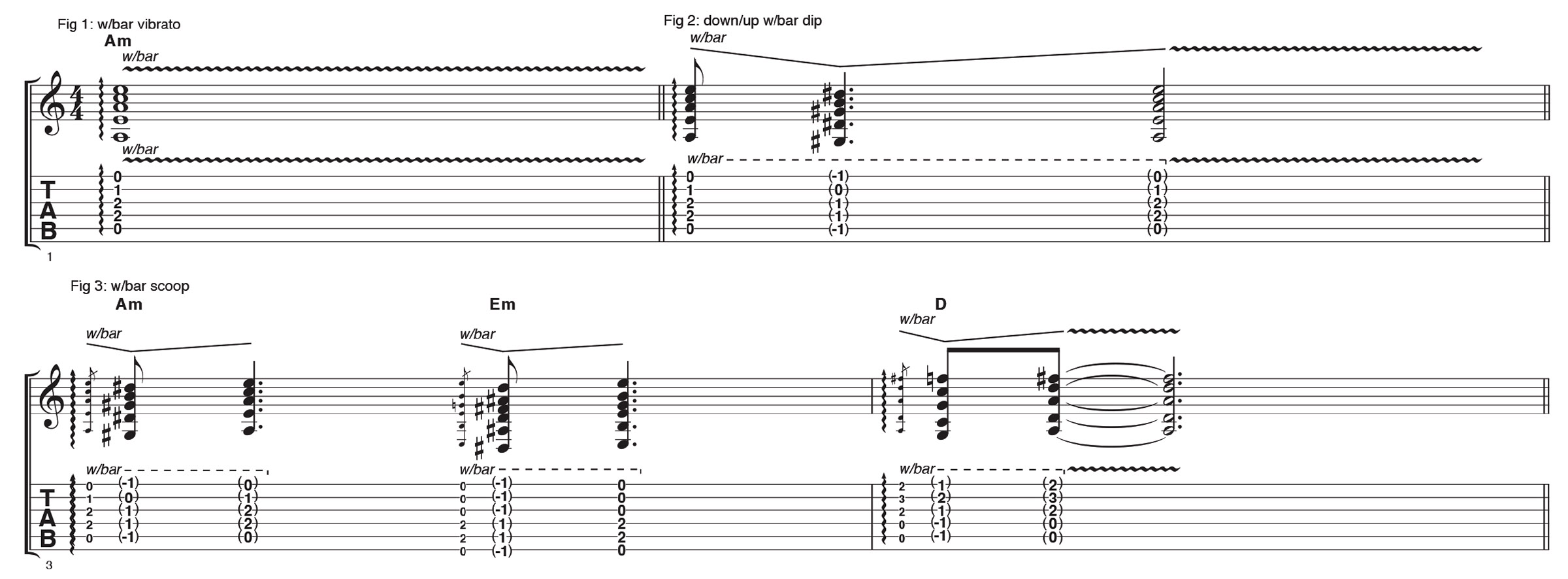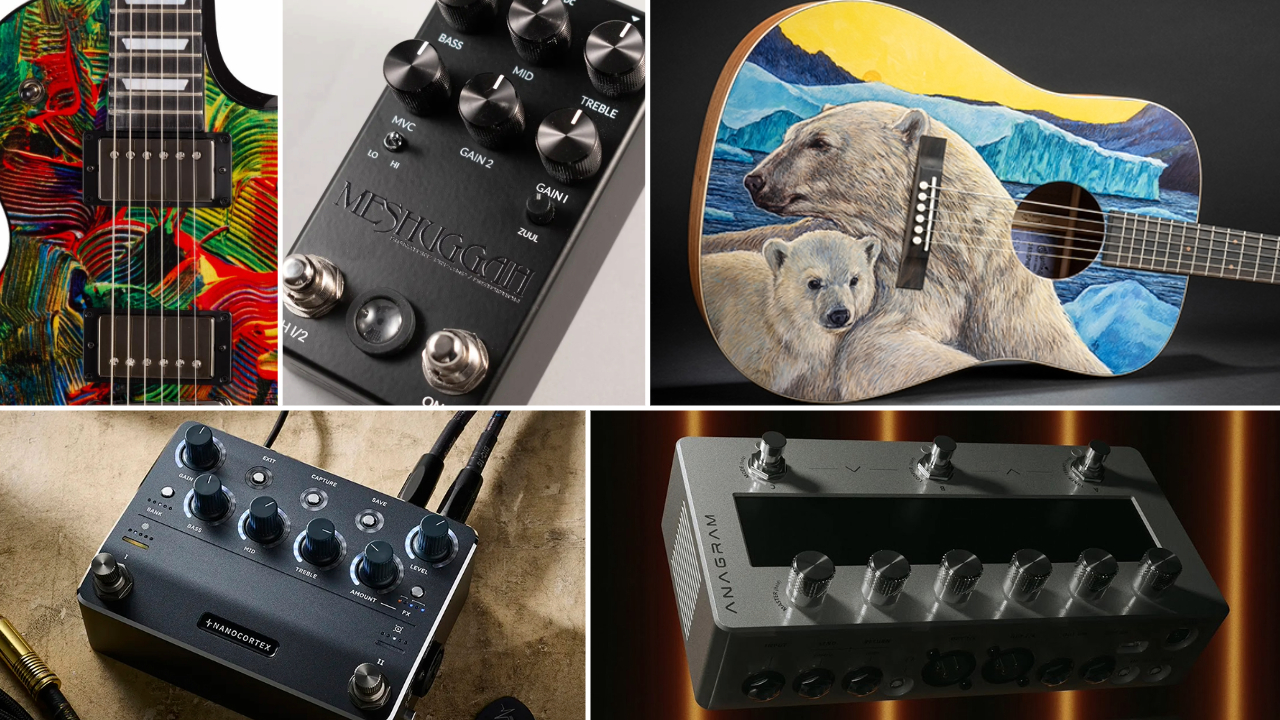How to play surf music on guitar: 3 techniques that will make your playing sound authentic
This introduction to surf guitar will teach you the basics of the style popularized by Dick Dale, The Surfaris and The Ventures

Surf guitar is iconic. The moment you hear a tremolo-picking slide you can instantly imagine surfers riding waves and hanging 10. A few simple playing techniques and gear choices are great tools for getting that classic surf rock guitar vibe, so let’s dive in!
First, let’s talk tone. To get an authentic sound, you’ll want an electric guitar with single-coil pickups and an amp with clean/light overdrive channels. You’ll also want a spring reverb effect. If you go deeper, it’s arguably a Fender slam-dunk: we’d recommend Stratocasters, Jags and Jazzmasters through Twin Reverb or similar Fender amps.
The most iconic surf guitar technique is the tremolo-picking slide, as heard famously between sections on Dick Dale’s Miserlou and Surf Beat. It’s a simple technique, and our first tab example shows you all you need to know.
Another great tip for surf-rock is to play melodies in open position. Combined with the above gear and effects, playing chords, riffs and licks in open position lets those single-coil pickups twang!
Finally, surf-rock is a style where you can go wild with your guitar’s whammy bar! We’re looking at three techniques: whammy bar vibrato, down/up dips, and the pre-dip/scoop where you dip the bar before striking the strings.
We’ve mentioned Dick Dale, but also check out The Surfaris and The Ventures, or for a contemporary take, The Surfragettes.
Example 1. Tremolo-picking slide

By quickly picking up and down on one string and you’ll create a ‘tremolo’ effect. Simply start on the 19th fret of the low E string (try other fret positions, too) and slide your finger down the fretboard toward the nut, while tremolo picking for the full effect.
Example 2. Open-position playing

Allow your open strings to ring out and ‘twang’ as you play through this melody in E minor (though note the brief non-diatonic F natural note on the fourth string!).
Mike Olekshy shows how you can use this lick to make up your own simple ideas, too: try some E minor pentatonic scale riffing, which utilises a lot of open strings. This, along with the correct guitar tone (single-coil pickups are great) will give you that classic surf sound.
Example 3. Whammy bar moves

Let’s start as simply as possible, going in sequence (fingers 1, 2, 3 and 4) using downstrokes. Once you get to 4 on the first string, move across to the second string and start back at 1.
Repeat this all the way to the sixth string, then back again, continuing playing the 1-2-3-4 sequence. All the subsequent examples are played down and up across all six strings, but we’ve only tabbed the first bar of each to save space.
- Guitar Tricks’ step-by-step lessons will be your guide to learning how to play guitar. With our Core Learning System, video feedback, practice reminders and Custom Lesson Plans you will save tons of time on your guitar learning journey. Guitar Tricks has a 14-day free trial plus a 60-day money-back guarantee so you can purchase with confidence.
Get The Pick Newsletter
All the latest guitar news, interviews, lessons, reviews, deals and more, direct to your inbox!
Mike has played and shared the stage with many artists including Mike Keneally, Joe Travers, Bryan Beller, Max Morgan and more. Mike is an expert instructor specialising in a wide variety of styles, including classic rock, heavy metal, grunge, modern rock and pop country. His expertise can be found throughout the Guitar Tricks program.











